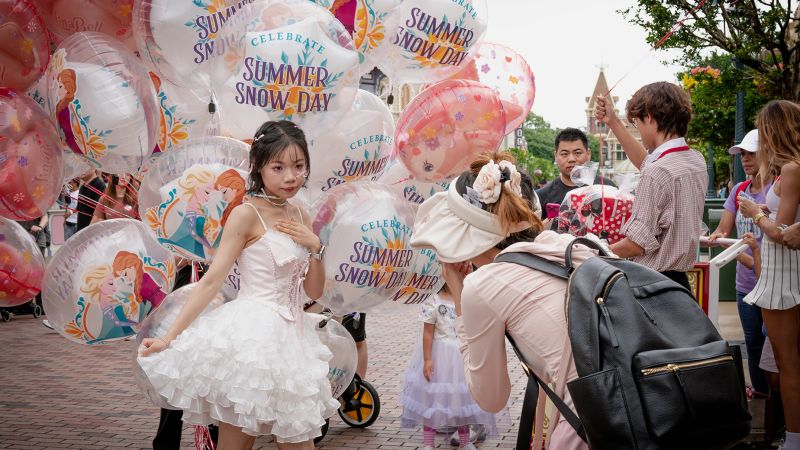



In recent months, claw machines have surged in popularity across Hong Kong, particularly among the youth, as a source of entertainment and stress relief [f3e77a5f]. Kage Chan, a 33-year-old video director, exemplifies this trend, spending approximately HK$1,000 weekly on claw machines and amassing a collection of 300 toys over 18 months [f3e77a5f]. This phenomenon has prompted entrepreneurs to capitalize on vacant retail spaces, with claw machine operators generating significant revenue in an otherwise challenging retail environment [f3e77a5f]. As of Q3 2023, the vacancy rate in prime retail areas of Hong Kong stands at 10.5%, creating opportunities for innovative business ventures [f3e77a5f].
However, the rise of claw machines is not without its drawbacks. Some players have acknowledged the addictive nature of these games, leading to escalating spending habits [f3e77a5f]. Operators may employ strategies such as using counterfeit prizes or setting difficult machine configurations to maximize profits, raising concerns about fairness and player satisfaction [f3e77a5f]. As the market approaches saturation, operators are beginning to adjust the difficulty of their machines to maintain interest and profitability [f3e77a5f].
This trend of claw machines aligns with broader efforts in Hong Kong to create enjoyable experiences that cater to the well-being of residents. As the city grapples with perceptions of being overpriced and lacking allure, initiatives like the Night Vibes Hong Kong campaign and the embrace of dress-up culture at attractions like Hong Kong Disneyland reflect a shift towards prioritizing happiness and health [ec1f7ca1]. The combination of these entertainment options, including claw machines, could play a significant role in revitalizing the local economy and enhancing the quality of life for residents [ec1f7ca1].
In addition to claw machines, Hong Kong Disneyland is also tapping into the growing trend of dress-up culture, particularly among young women, to attract visitors [cd93663b]. The park promotes 'Disneybounding,' where fans create outfits inspired by Disney characters, providing a vibrant atmosphere for visitors [cd93663b]. This strategy, along with themed staycations and special events, aims to engage Gen Z and millennials, who are increasingly seeking nostalgic experiences [cd93663b].
Meanwhile, the popularity of claw machines is not limited to Hong Kong. In Aurora, Colorado, a new arcade named Crane Games has opened, featuring custom claw machines imported from Asia. Co-owner Le-An Than was inspired by the success of Asian claw machine arcades and has seen unexpected popularity in just three months of operation [8dade899]. The arcade attracts both kids and adults, prompting Than and her partner to sign a lease for a second location in Thornton, Colorado [8dade899]. As she manages the business while raising four children, Than's entrepreneurial spirit reflects the growing trend of claw machine entertainment in diverse markets [8dade899].
As both Hong Kong and Colorado navigate their respective entertainment landscapes, the rise of claw machines and the innovative strategies of attractions like Disneyland highlight a shared effort to adapt and thrive in changing environments [f3e77a5f][cd93663b][8dade899].